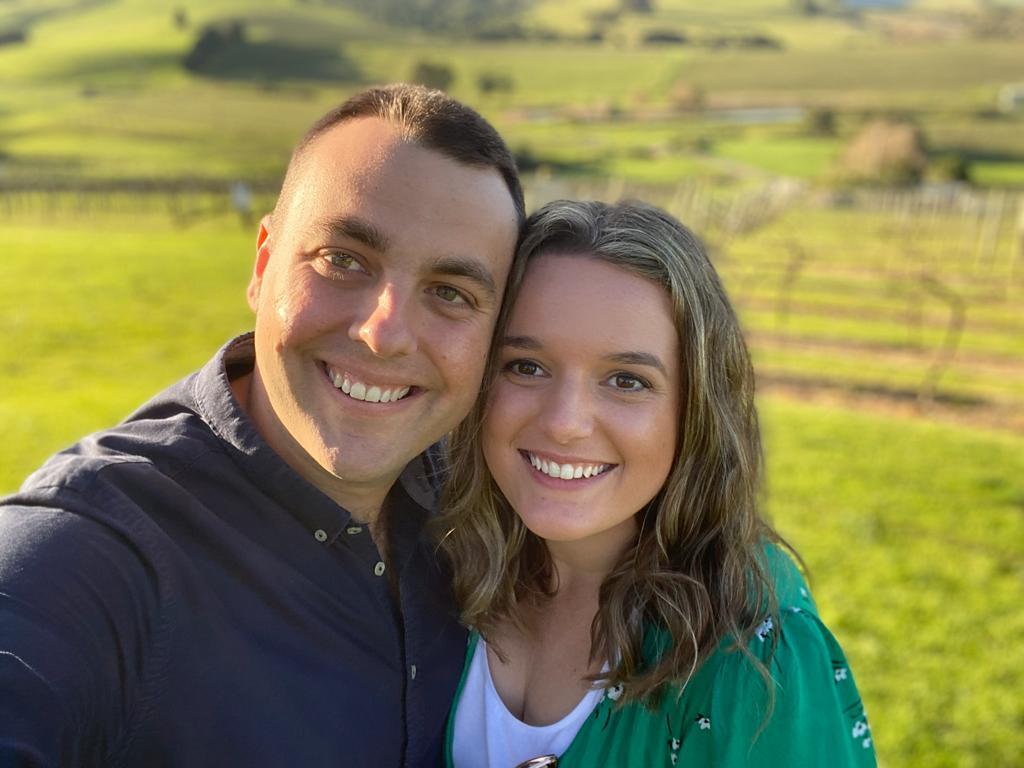Suggestions
Mario Hasanakos
Founder
Mario Hasanakos is the co-founder of Spriggy, a fintech startup that has revolutionized the concept of pocket money for children in Australia.1 Spriggy is a banking app designed for families, providing children with a digital piggy bank and a prepaid card to help them learn about managing personal finances.1
Career and Entrepreneurship
Mario's background is in the finance industry, where he worked before co-founding Spriggy with Alex Badran in November 2016.1 The idea for Spriggy came from their shared vision of building a better kind of bank from the ground up, leveraging technology to help people become more financially self-sufficient.1
Spriggy's Success
Under Mario's leadership, Spriggy has experienced significant growth:
- The app has welcomed over 200,000 members since its launch.1
- It continues to grow, with around 1,000 new members joining each day.1
- Spriggy has become Australia's most loved pocket money app and card, with over 1 million members.3
Entrepreneurial Philosophy
Mario emphasizes several key lessons from his entrepreneurial journey:
- Team Building: He believes in surrounding oneself with trustworthy, talented people, recognizing that great teams build great businesses.1
- Persistence: Mario stresses the importance of perseverance, especially when facing challenges and setbacks.1
- Purpose-Driven Approach: He advocates for having a strong purpose and following through on commitments to build trust with members, team, and investors.1
Current Focus
Mario and his team at Spriggy are currently:
- Investing heavily in product development and growth.1
- Working on exciting new product features.1
- Extending financial controls available to parents.1
- Developing solutions to meet varied family goals beyond pocket money.1
Mario Hasanakos continues to share the Spriggy story and promote financial education for Australian families.2 His work with Spriggy aims to show the next generation of Australians that they can develop great money habits without directly dealing with traditional banks.1
Highlights

